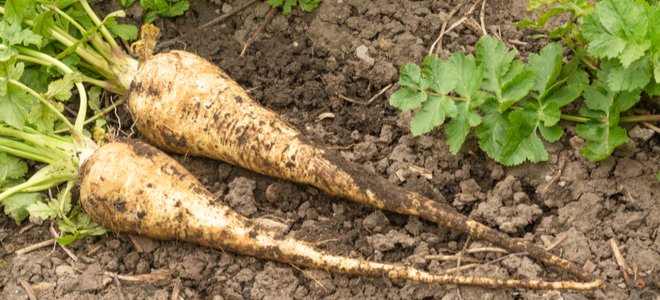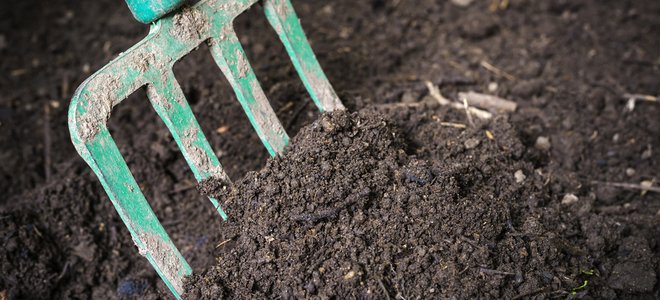 4-40 hours • Intermediate • 0-300
4-40 hours • Intermediate • 0-300
Preparing soil for a fall vegetable garden requires you take a few steps in order to make the soil ready for planting. While the task isn’t particularly difficult, proper preparation is essential to the success of the plants. This is done by restoring the nutrients in the soil that were removed during the spring and summer plantings.
Step 1 – Time Your Planting
Depending on which plants you choose to grow, you’ll need to allow adequate time for them to grow for a fall harvest. Most fall-harvested plants grown from seed should be in the ground at least 10 weeks before the first frost in your area. Some crops take as little as three weeks while others require 10-12 weeks to reach maturity.
Step 2 – Keep the Soil Moist
Working with dry soil is more difficult and can prevent the seed’s germination during the summer. Plan to plant fall vegetables when the soil is wet and moist. Seeds may be planted in the ground and covered deeper than when you plant in the spring. An organic mulch helps keep the soil moist and warm while germination takes place.

Step 3 – Use Mulch to Retain Moisture
Once the plants are growing in the ground, use a heavy mulch to continue to hold the moisture. This also helps control weeds and prevent them from suffocating your plants. Irrigate the plants whenever necessary, giving additional moisture to the plants. The amount of water you need depends on the plants you choose.
Step 4 – Address Late Season Insects
Insect problems are at a minimum during the fall since most infestations occur during the late spring and into the summer. Be aware of cabbage worms and corn earworms, as they may appear in your garden in the later fall months. You can pre-treat the soil with an organic pesticide that acts as a deterrent to these and other later-occurring pests in your fall garden.

Step 5 – Plant Seasonal Plants
Look to plant crops such as rutabagas, parsnips, and some turnips that grow well in the fall, do not completely deplete the soil’s nutrients, and can be grown up to the first frost. These types of plants are designed especially to be grown in a fall garden and can fully take advantage of the preparation you have done to prepare the soil for their planting.
Step 6 – Till and Protect the Soil Between Plantings
Till the soil thoroughly before the beginning of the growing season and add additives and necessary nutrients prior to the fall plantings. You may also consider rotating and changing the types of crops or plants grown in the fall from those grown in the spring or summer as a way to cut down on soil erosion and ensure the best possible plant yield from your fall garden. The time and effort you put in between seasonal plantings will pay dividends in the fall when you begin to harvest your plant yields for the cold winter months ahead.

Step 7 – Plan Ahead
Create a chart of the plants you placed in the soil between the spring, summer, and fall. Charting your growing activity will give you a sense of what is going into the ground and what nutrients and other resources are being taken out of the ground. This valuable information will help you plan ahead for the next fall growing season.
It’s also a good idea to label your rows so you remember what is planted in each area before they come to the surface. A gardening book or notebook is a great place to keep a record of planting dates and anticipated harvest times.
More From Doityourself Transplanting Your Parsnips
Source link : https://www.doityourself.com/stry/how-to-prep-soil-for-fall-gardening












